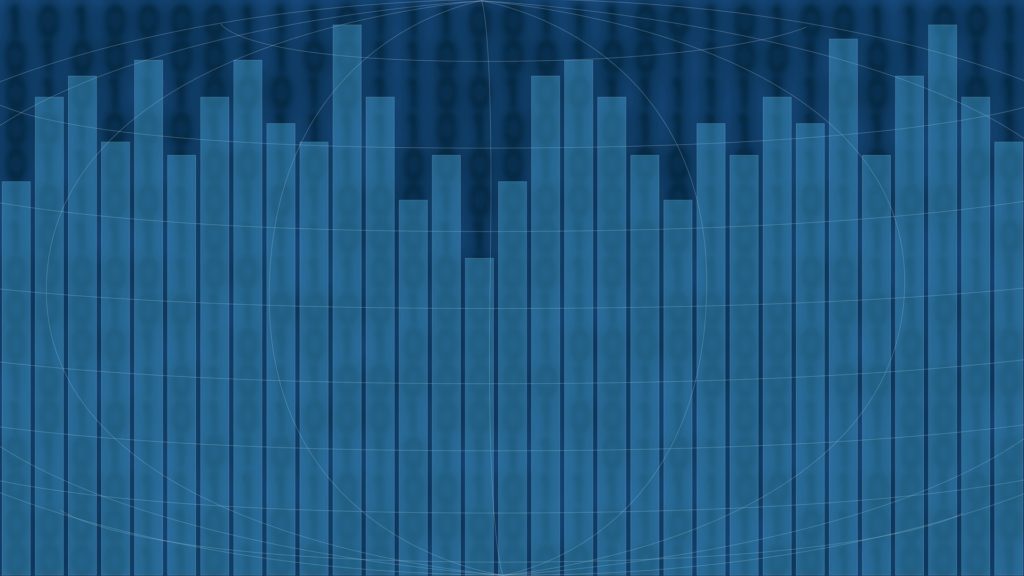Insurance is as old as human civilization. There are records of a method of insurance called bottomry dating far back to 4000 BCE. This was a type of transaction where a ship was used as collateral by a captain to buy supplies on credit. If the ship or boat got destroyed by natural causes at sea, the lender had to take the situation as his or her loss. Lenders eventually began studying weather patterns to determine the likelihood of the captain returning with his boat unharmed. This was an early use of predictive analytics.
Insurance has grown much since the days of the bottomry and so has predictive analytics. A major aspect of this growth is the amount of data used by modern insurance providers to perform predictive analysis.
What Is Predictive Analytics?
Predictive analytics is a branch of analytics that involves the use of models and statistics to predict future events. It is not shocking, then, how important predictive analytics is in insurance.
History is riddled with the use of predictive analytics. Even the use of seers in folklore was an attempt at predictive analytics. Predictive analytics was used by the Lloyd company in 1689 to determine the premium that would be paid in exchange for voyage insurance. The company used data of past voyages to calculate the possible risk of insuring a new one.
In World War II, Arnold Daniels used predictive analysis to ensure there were no casualties in the war. Daniels eventually went on to create the Predictive Index (PI) and it was subsequently adapted for the workspace.
Analytics progressed into computer use in the 1960s when computer science became mainstream. It was discovered that computers could be programmed to build models for predictive analytics, and so their use for this purpose skyrocketed. In the past, insurance companies employed few variables to determine their premiums, but as the collection and use of data expands, more advanced predictive analytics have been employed in insurance.
Traditional Approach
Premiums, terms, and conditions are traditionally calculated using few linear variables. It is a straightforward method that employs a single formula for all scenarios of that product. Taking health insurance as an example, a fixed premium might be set for all forty-year-olds who purchase a particular insurance plan. This one ‘premium for all’ method might incur higher payments for the insurance company because there might be people who have a family history of developing type 2 diabetes in their forties. This means that such clients would make more health insurance claims than the average healthy person in their age group.
The implications are that the clients without chronic health issues will eventually pay premiums for clients with chronic health issues and not get any insurance benefits for being healthy. Clients who understand this might reconsider maintaining their premiums since there is no incentive for not using their insurance.
Complex Predictive Analytics
There is only so much data that a human can analyze without help from a computer. As computer use has become more complex, so has predictive analytics. Complex predictive analytics, a staple in the portfolio of data analytics firms, is a method in which many variables are used to build complex models for predicting possible future events.
With the explosion of internet use, there is an equally sized explosion of data. Using these data streams, machine learning can be employed to determine more complex future scenarios as regards insurance.
For example, going back to health insurance, let us imagine a scenario where two forty-year-old men purchase the same plan. The company, employing advanced predictive analytics, discovers that one of them is genetically predisposed to prostate cancer. It means he will make more claims than the other individual. The company, based on this piece of information, gives the genetically predisposed forty-year-old a slightly higher premium to account for the potential cost in oncology department visits.
Complex predictive analytics, however, isn’t without challenges. Incorporating complex predictive analytics, which usually involves machine learning, into existing insurance pricing might make the whole insurance marketplace less transparent and confusing. Predictive analytics that take in more variables might result in more accurate risk assessments, but it will not matter how accurate they are if the assessments can’t be explained, or justified, to the customers.
However, if implemented right, complex predictive analytics will yield better outcomes for insurance businesses.
What Is Machine Learning?
Machine learning has been tied so deeply to predictive analytics that in certain articles they are used interchangeably. In reality, they are quite different. Predictive analytics is using the past to predict possible outcomes of the future. Machine learning, on the other hand, is a branch of artificial intelligence and computer science that gives computer systems the ability to use data to learn and improve.
Machine learning, because of its structure, is vital in predictive analysis. Decision trees, neural networks, and regression can be programmed into a system, and then data fed to it helps the system predict possible future events. These future events can range from weather patterns to natural disasters, economic depression, and the possibility of a pandemic up to the marketability of a product.
The Importance of Accurate Predictions in Insurance
The importance of predictive analytics cannot be over-emphasized. In insurance, it is particularly important because:
- It can improve efficiency in various branches of insurance. This is possible because predictive analytics improves risk assessment, making it possible for resources to be better assigned.
- Predictive analytics improves the experience of customers. It makes it possible for customers to get better rates under certain conditions.
- Governments can use it to make better insurance targeted policies that will benefit consumers as well as companies. Predictive analysis can help a government make suitable policies during an unprecedented event like a pandemic.
- Machine learning, paired with predictive analytics, takes away the shortcomings of human calculation and bias. It takes away sentiments and has lower result errors as the machine gets better and better at calculating risks.
- Predictive analytics is useful in determining fraud in insurance claims. If a customer alters facts to make insurance claims, predictive analytics can discover irregularities in such situations.
How to Incorporate Predictive Analytics into Your Business
Incorporating predictive analysis into insurance is the present and the future, but if done wrongly, can be detrimental to the sustainability of the business.
Most businesses outsource complex predictive analytics because building the structure and hiring the workforce required is difficult and expensive.
When there is an existing pricing method in an insurance company, predictive analytics has to be incorporated in a way that puts into consideration the existing pricing structure. This is because a sudden overhaul of pricing might discourage existing customers from retaining subscriptions.
The Future of Predictive Analysis in Insurance
Insurance companies, unlike finance institutions, have been more conservative in incorporating technology into their operations. However, that has begun to change. The importance and benefits of predictive analytics in insurance are becoming more obvious, making the need to embrace it more obvious as well.
Machine learning is no longer a future plan but a present reality. It will shape the future of insurance, changing the ways the industry operates.
As long as there is data, and computers to analyze it, there will be machine learning. Therefore, predictive analytics has become and will continue to be a core aspect of insurance services.




As businesses embrace augmented analytics for all users, it is important to shift the culture too. While the benefits of analytics and data democratization are clear, industries like insurance can be slow to change and without support for these Citizen Data Scientist roles, users will not see the benefit to them or to their team. https://www.udemy.com/share/103I2cCUsTc1laQXQ=/ Courses that allow businesses and Citizen Data Scientist candidates to understand the role, the solution they will use to get results and the techniques of predictive analytics and fact-based decisions will create a foundation on which the business can build.